Planters and Plant Pots: Which Material to Choose?
The choice of a planter may seem trivial. However, the material and the shape of the container in which you place your plants can play a role in their health.
So, how to best choose your pot or flower box? To help you find your way around, we’ll give you an overview of the options available.
Plastic containers: economical but not very aesthetic
Advantages of plastic
Plastic is one of the most used materials in gardening:
Lightweight, the container is easy to handle. Plastic is not fragile and does not break if dropped, unlike clay.
This material is easy to clean: a damp sponge is enough to make it as new. This makes it infinitely more practical than wood or zinc, which must be treated against oxidation and humidity.
It is resistant to extreme temperatures.
Finally, plastic is much less expensive than other materials: count between $2.50 and $5 for a 40×20 cm plastic planter. For other materials, the planter costs between $10 and $20.
The aesthetic disadvantage of plastic
The main disadvantage of plastic is that it does not look very harmonious. Although plastic containers can take on the colour of terracotta to deceive the eye, they do not blend in as well as other materials.
In addition, they can discolour when exposed to the sun for too long. In addition to these aesthetic considerations, plastic containers are incredibly light, so they may lack stability when holding a tall or heavy plant.
Terracotta pots: aesthetic but fragile
Terracotta : advantages
Placing your flowers in a terracotta container has several advantages:
First, it is aesthetically pleasing: whatever the pot model, terracotta is always more decorative than plastic. Indeed, more natural and brings a rustic touch to your interior, garden or balcony. In addition, it can be used both inside and outside the house.
Secondly, it allows plants to stay healthy: terracotta is permeable to water and air. Thus, the plant evolves in a drained and aerated environment. However, this implies frequent watering, as the terracotta pot is not airtight.
Disadvantages: fragile and heavy
While terracotta pots are an ideal solution for aesthetes and conscientious gardeners, they are not without their drawbacks:
First, they are fragile: terracotta is a brittle material that can crack or break easily.
In addition, this material is sensitive to frost. Exposed to temperatures below 0° C, it can burst. It must therefore be handled with care.
Secondly, they are relatively heavy: if the container is large, it can be challenging to move, especially when it is filled with soil. On the other hand, this heaviness prevents it from flying away when it is windy.
Wooden planters: strong but not waterproof
Wooden containers are mainly used for planting shrubs and plant compositions.
Advantages of wood
Choosing a wooden planter or pot for your plants has several advantages:
Stronger than clay, wood is less likely to split or crack.
In addition, it is frost resistant.
Finally, it is an insulating material that protects your plants’ roots from temperature variations.
Note: wood also has an economic interest. If you are a do-it-yourselfer, you can make your own wooden planter or pot at a lower cost.
Disadvantage: sensitive to water
Wood is a material sensitive to water. It can rot in contact with damp soil. To avoid this, you have two solutions:
You can treat the wood regularly with an adapted product, not harmful to plants:
For example, use waterproof stain to protect the wood while beautifying it.
This product is available for $20 to $25 per litre.
You can also pour a rot-proof film in the planter before pouring the soil:
This plastic film prevents water from the soil from penetrating the wood.
For example, you can buy a waterproofing film, generally used to waterproof walls and attics, for $2 to $3 per m².
Zinc plant pots: strong but not very insulating
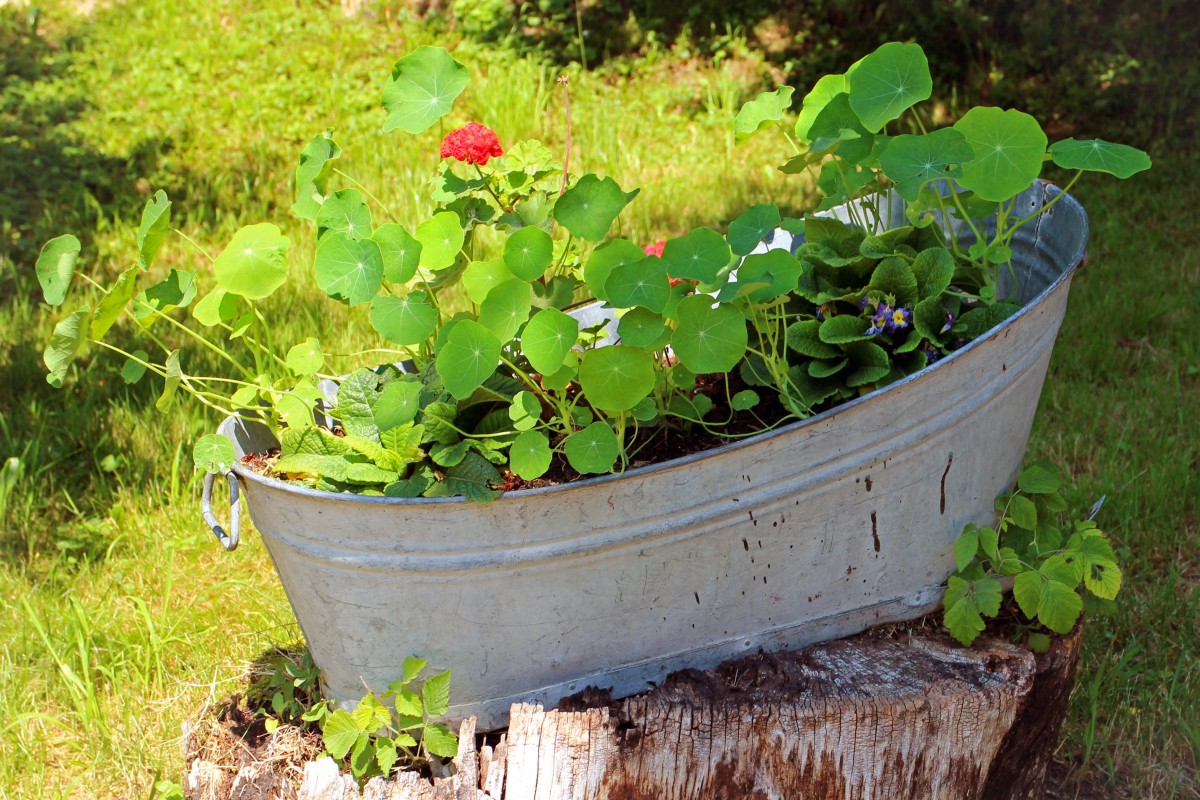
Benefits of zinc
Metal pots and tubs are usually made of zinc:
Lightweight, this material makes it easy to transport your pots and tubs.
Zinc is relatively strong: it does not break. It does not crack. It is waterproof.
Aesthetically, it can be an excellent alternative to terracotta to decorate your interiors, balconies and gardens.
Moreover, zinc has the advantage of not rusting: it oxidizes like other metals. This oxidation makes it duller but does not form a stain. In addition, the layer that forms on its surface protects it, unlike rust, which eats away and damages it. This layer is not aesthetically pleasing, but it is not dangerous. You can treat it with a bit of ammonia (about $2 per litre) diluted in water.
Disadvantages: not very insulating, too airtight
Although it is practical and resistant, zinc has a few drawbacks:
It is not very insulating: the roots are exposed to significant temperature variations, which can harm the plant.
On the other hand, zinc is non-porous:
Water poured into it never escapes.
This can save water, but over-hydration of the soil can harm the plant.
The pot must therefore be pierced at the bottom so that the water drains easily without stagnating.
Good to know: without holes, a metal pot or tub can be used as a planter.
Concrete outdoor planter
Concrete planters and pots are usually installed outside the house. They can be made of reconstituted stone or covered with plaster.
Advantages
Concrete containers have several advantages:
Heavy, they are unlikely to tip over and are particularly resistant to high winds.
They are solid and resistant to all climates.
For these reasons, they are particularly suitable for growing plants that live for several years, such as shrubs or perennials.
Disadvantage
The only disadvantage of concrete is that it tends, when stained, to discolour over time.
Hope this post has helped you find which material to choose for your planters and pots. Remember to jot down a few words in the comments below.
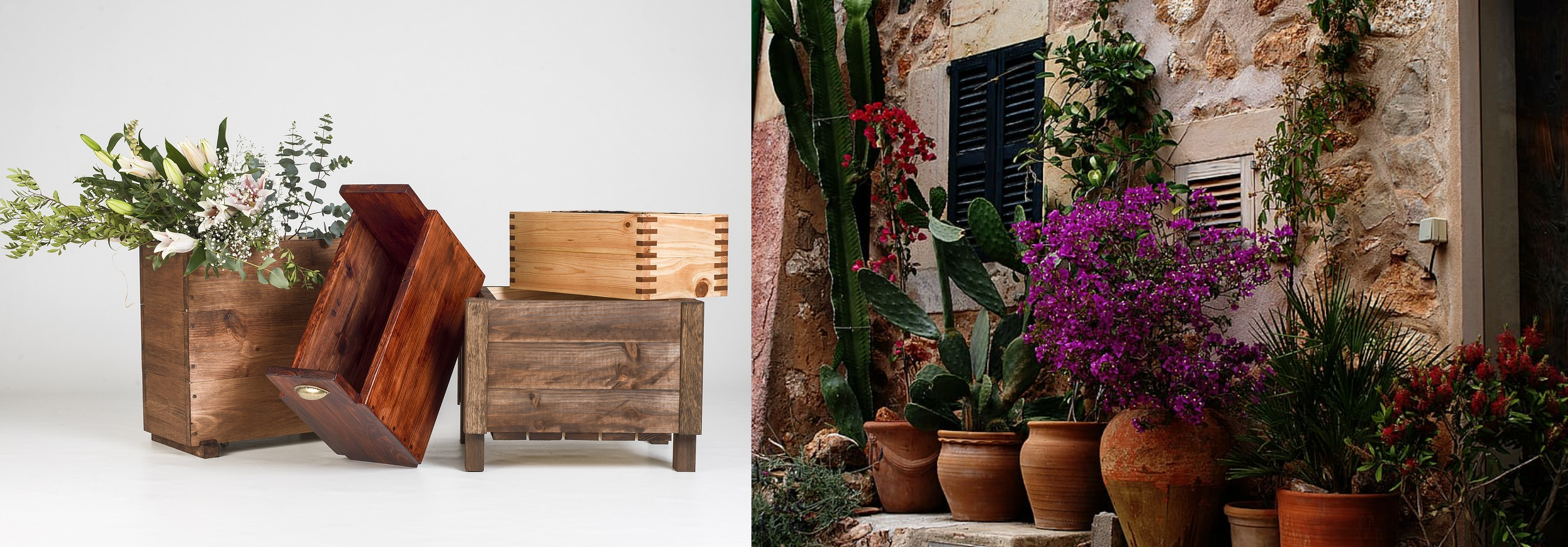
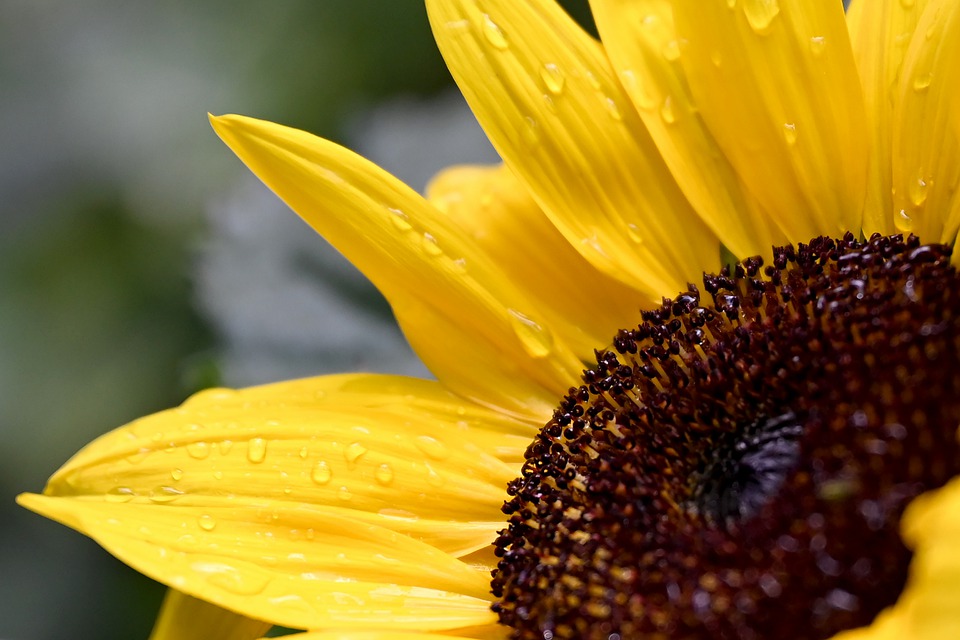
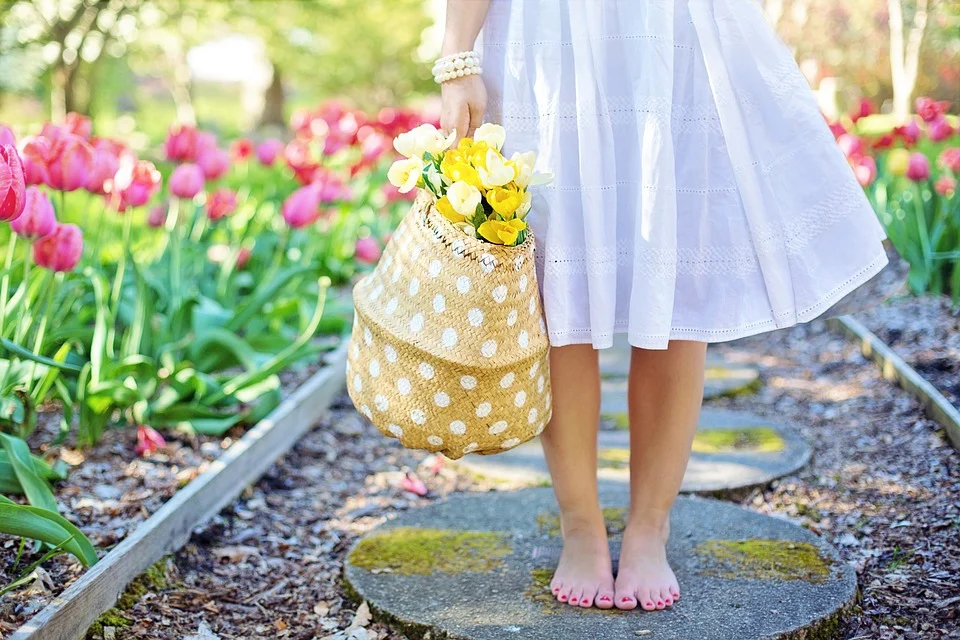
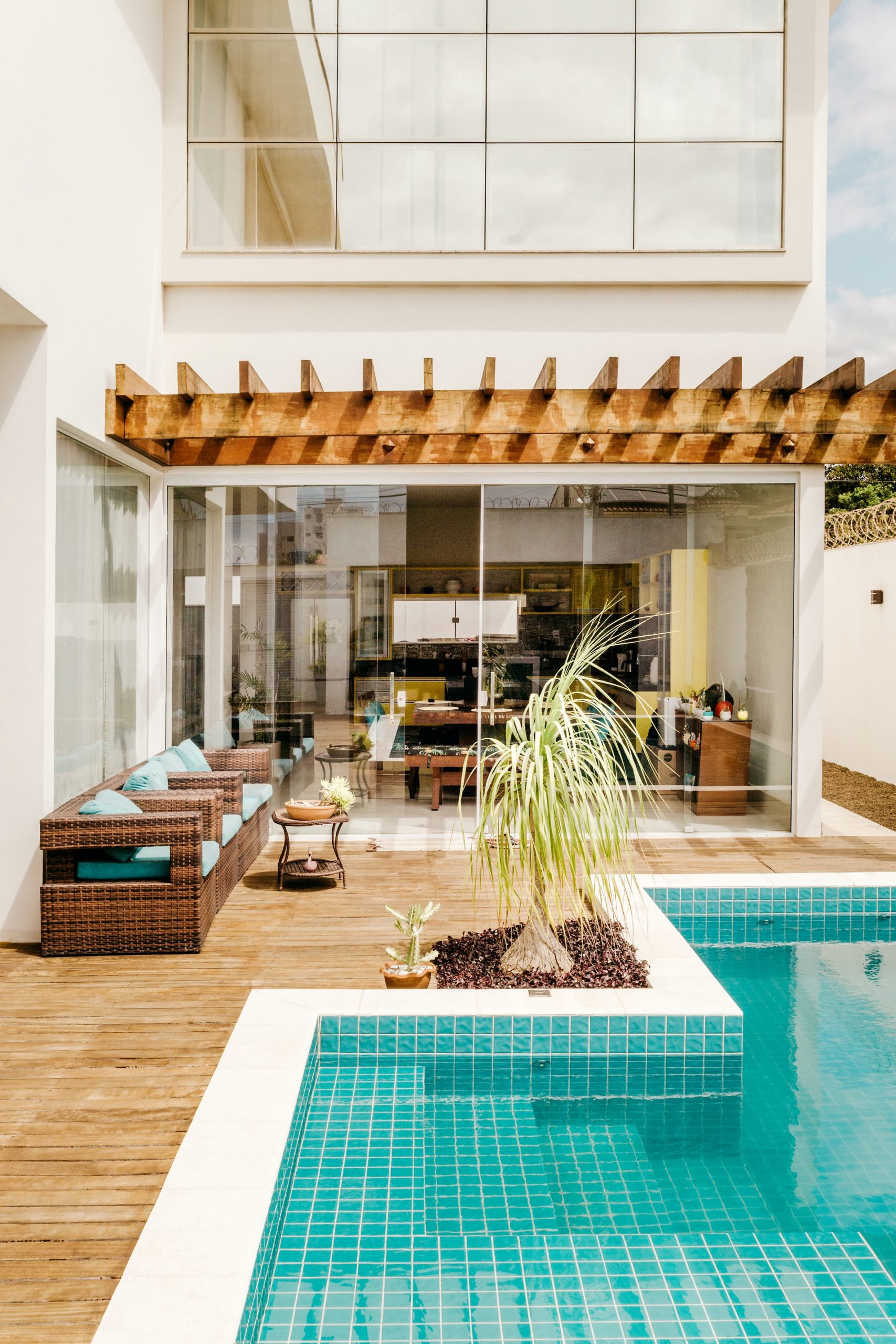
1 thought on “Planters and Plant Pots: Which Material to Choose?”